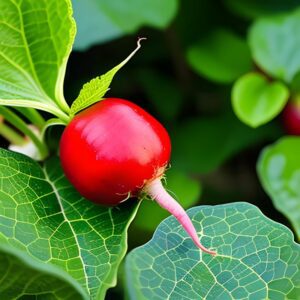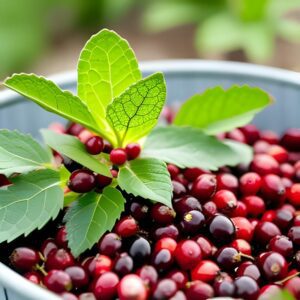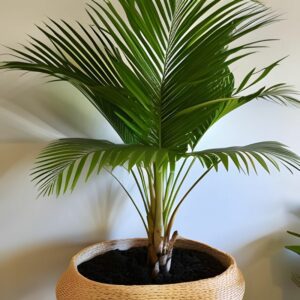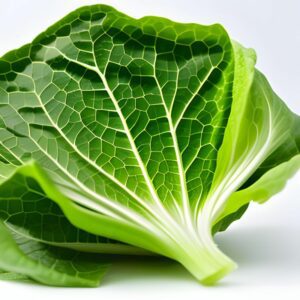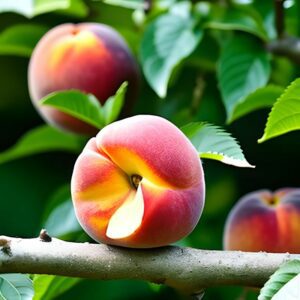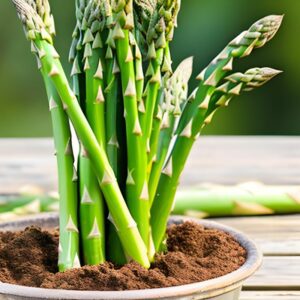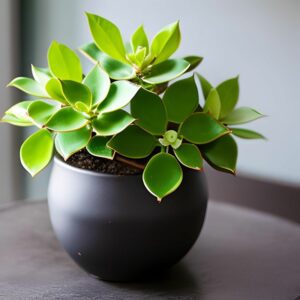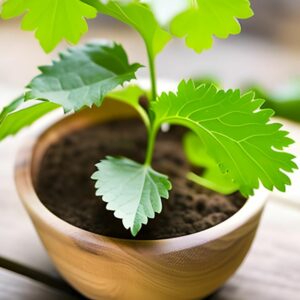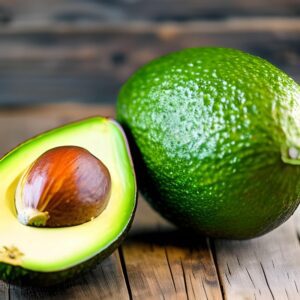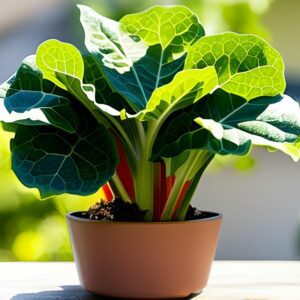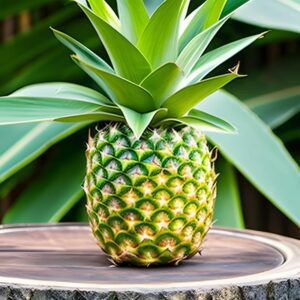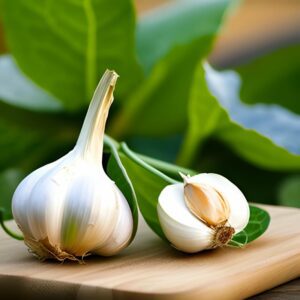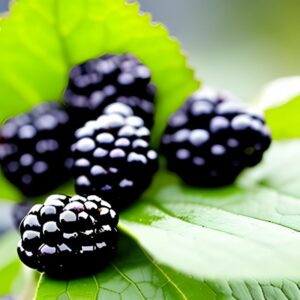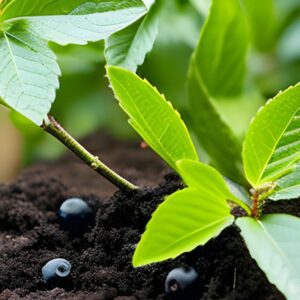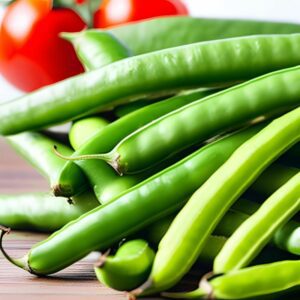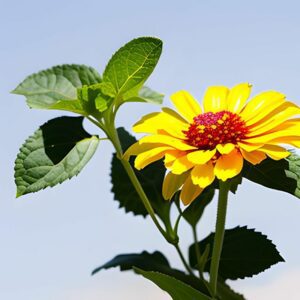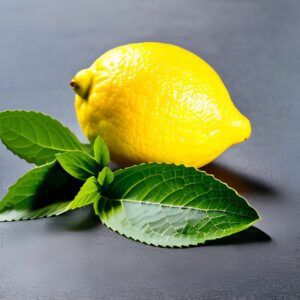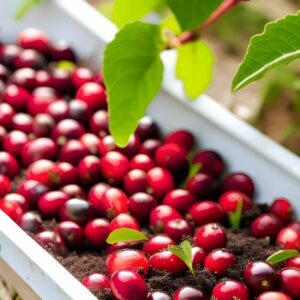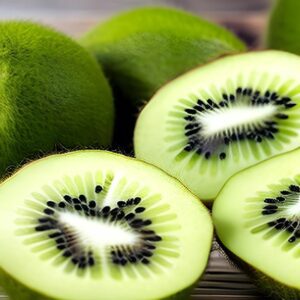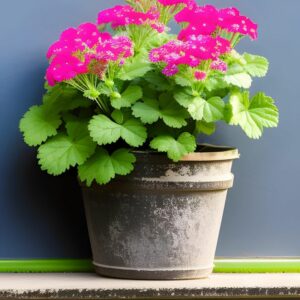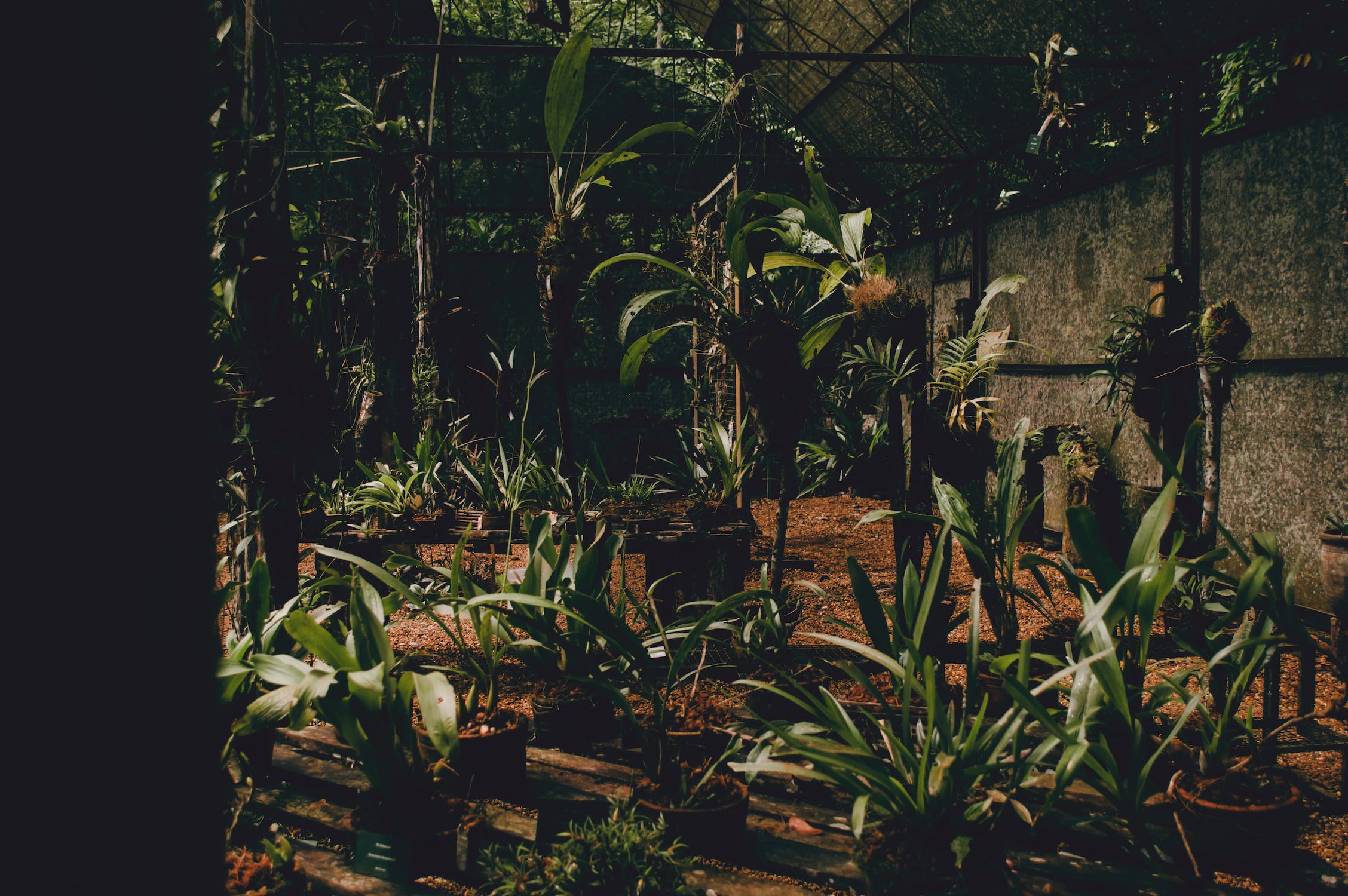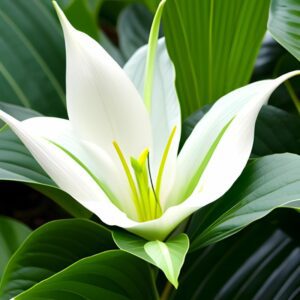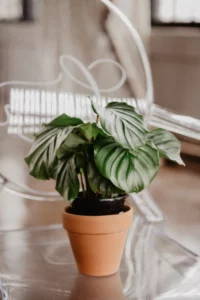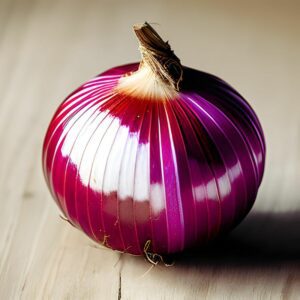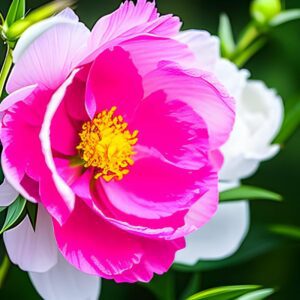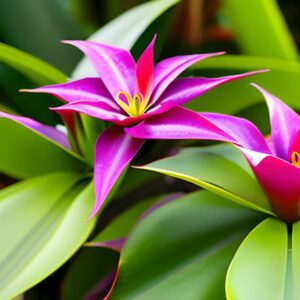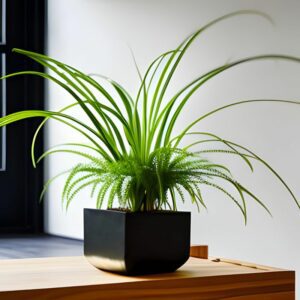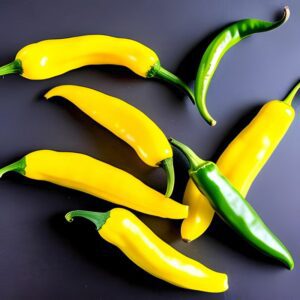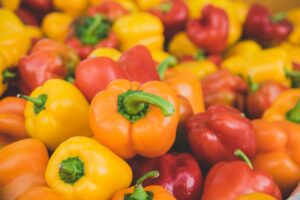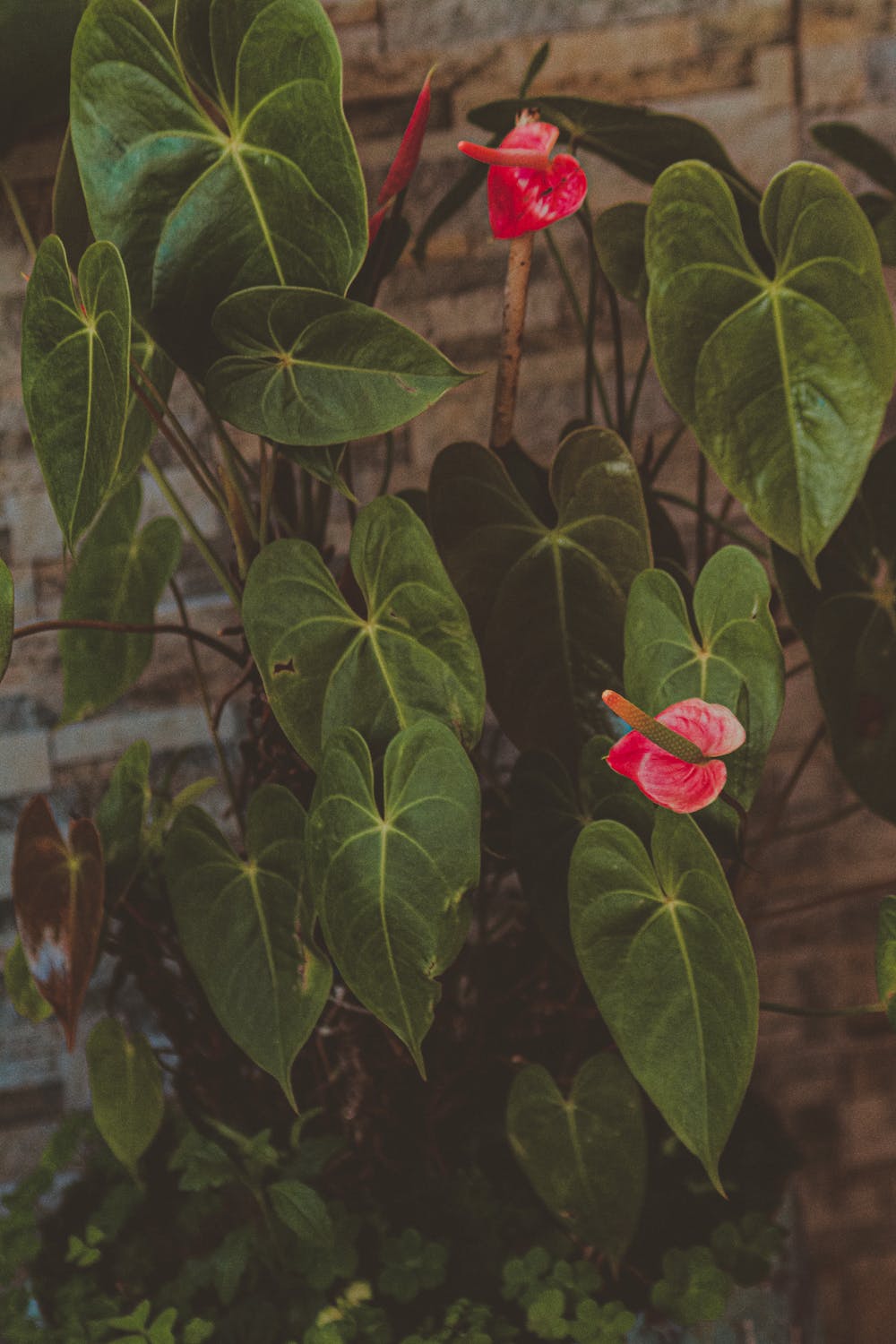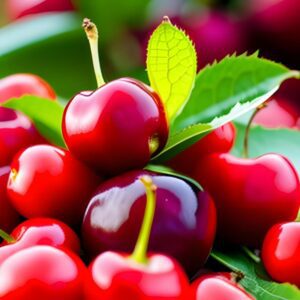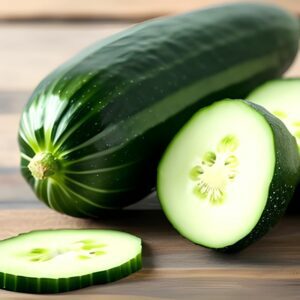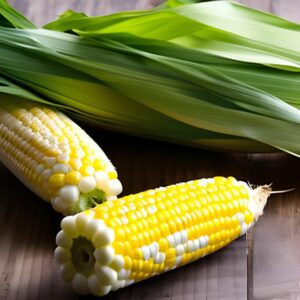Star Fruit
Fruits
- Southeast Asia
- Easy to Moderate
- Approximately 3-5 years from planting to fruit production
Introduction
Star fruit, also known as carambola, is a tropical fruit native to Southeast Asia. It gets its name from its unique shape, which resembles a star when sliced. Star fruit is known for its vibrant yellow color, juicy texture, and a sweet-tart flavor that is often described as a blend of citrus and apple. It is not only delicious but also rich in vitamins and antioxidants, making it a healthy and refreshing fruit option.
Plant Characteristics
Star fruit trees are small to medium-sized evergreen trees that can reach a height of 20 to 30 feet. They have a bushy, rounded canopy with dense foliage. The star-shaped fruit grows directly on the branches, and when ripe, it turns a bright yellow color. The fruit has distinctive ridges along its edges, giving it a striking appearance.
Ideal Growing Conditions
Star fruit thrives in warm tropical and subtropical climates. It prefers full sun exposure to ensure optimal fruit production. The tree can tolerate a variety of soil types, but well-draining soil with good organic content is ideal. Star fruit trees are sensitive to frost, so it is important to protect them during cold weather.
Planting Guide
Select a sunny location with well-draining soil. Dig a hole slightly larger than the root ball, place the tree in the hole, and backfill with soil. Water thoroughly after planting and ensure regular watering during the establishment period. Space multiple trees at least 20 feet apart to allow for adequate growth and air circulation.
Watering and Fertilizing
Keep the soil consistently moist but not waterlogged. Water deeply and regularly, especially during dry periods. Fertilize the tree with a balanced fertilizer in early spring and again in late summer to provide essential nutrients for healthy growth and fruit production.
Pruning and Maintenance
Prune the star fruit tree to maintain a desired shape, remove dead or diseased branches, and improve air circulation within the canopy. Regular pruning also helps to promote fruiting. Mulch around the base of the tree to suppress weeds, conserve moisture, and protect the roots.
Harvesting or Flowering
Star fruit is usually harvested when fully ripe, as indicated by its bright yellow color and slight softness. The fruit is best consumed fresh and can be eaten as a snack, added to fruit salads, used in desserts, or juiced. It is important to handle the fruit gently as it is delicate and bruises easily.
Post-Harvest Care
Store ripe star fruits in the refrigerator to prolong their shelf life. They can be kept for up to a week when refrigerated. Avoid storing star fruit near other fruits with strong odors, as it can absorb their flavors.
Troubleshooting
Star fruit trees are generally resilient and not prone to significant pest or disease issues. However, occasional problems like fruit fly infestations or fungal diseases may occur. Monitor the tree regularly, and if necessary, apply appropriate pest control measures or fungicides recommended for fruit trees.
Fun Facts
Star fruit is not only enjoyed for its taste but also for its aesthetic appeal. When sliced crosswise, the fruit forms perfect star-shaped slices that make it an attractive garnish for dishes and drinks. Additionally, star fruit is a rich source of vitamin C and dietary fiber, making it a nutritious addition to a balanced diet.








